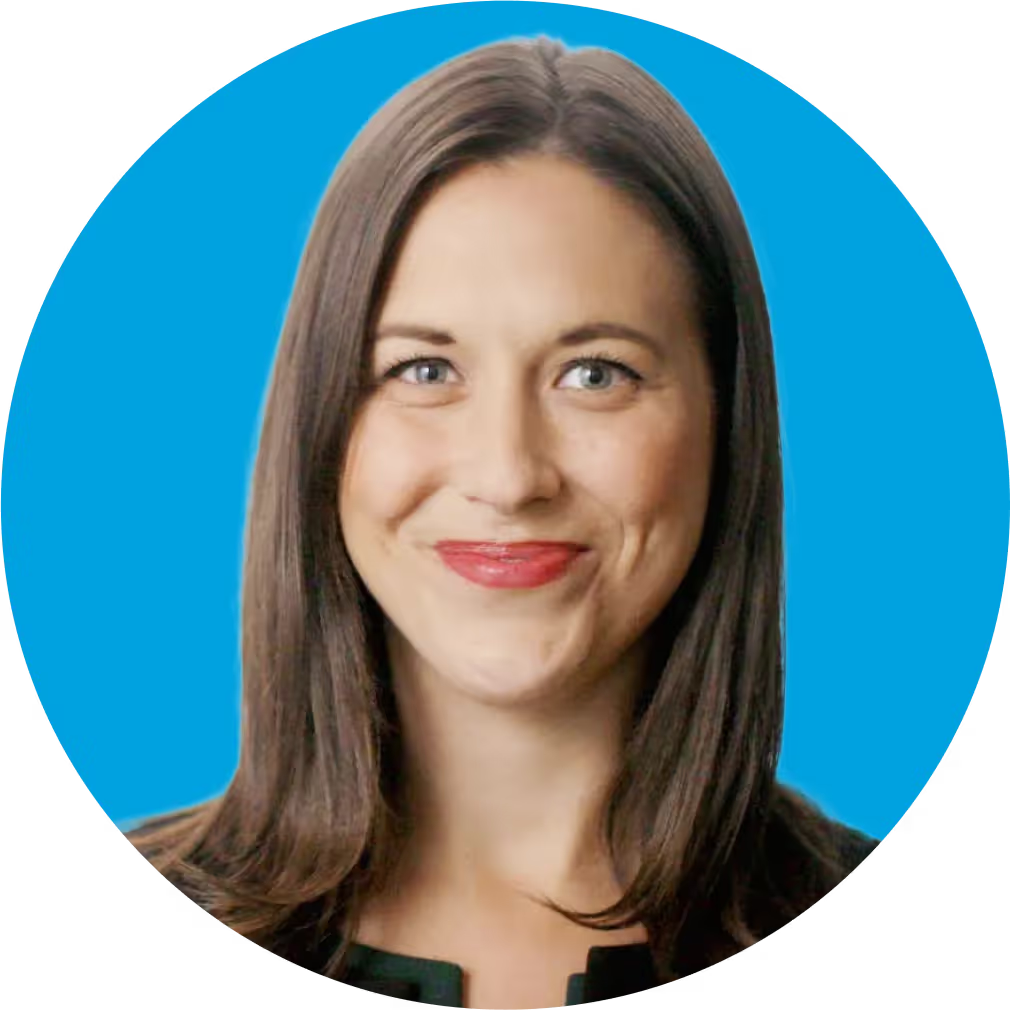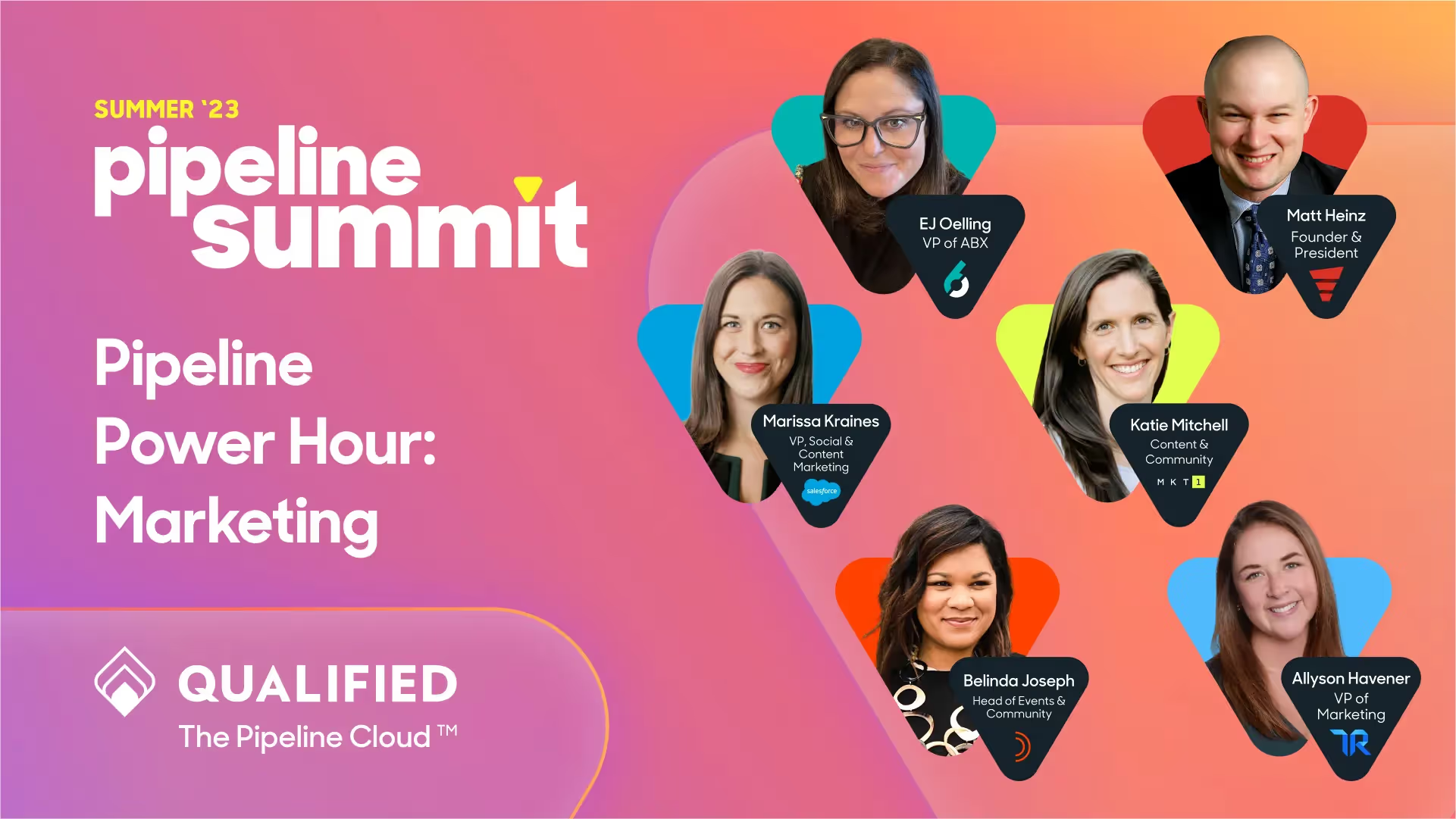Pipeline Power Hour: Marketing, Summer '23
Get ready for an hour of back-to-back masterclasses from some of the best in tech on the channels we’re all trying to perfect, hosted by B2B marketing legend Matt Heinz.









Get ready for an hour of back-to-back masterclasses from some of the best in tech on the channels we’re all trying to perfect, hosted by B2B marketing legend Matt Heinz.






Revenue Excellence is a critical function within modern revenue generating organizations, driving revenue growth and strategic alignment across departments. Hear from two experts on how to approach your H2 planning through the Revenue Excellence lens.
Stay up to date with weekly drops of fresh B2B marketing and sales content.
Get ready for an hour of back-to-back masterclasses from some of the best in tech on the channels we’re all trying to perfect, hosted by B2B marketing legend Matt Heinz.







Stay up to date with weekly drops of fresh B2B marketing and sales content.
Get ready for an hour of back-to-back masterclasses from some of the best in tech on the channels we’re all trying to perfect, hosted by B2B marketing legend Matt Heinz.







Stay up to date with weekly drops of fresh B2B marketing and sales content.
Get ready for an hour of back-to-back masterclasses from some of the best in tech on the channels we’re all trying to perfect, hosted by B2B marketing legend Matt Heinz.



Discover how we can help you convert more prospects into pipeline–right from your website.